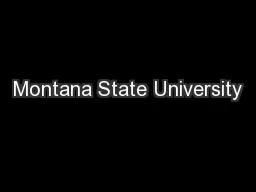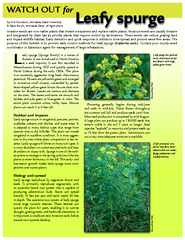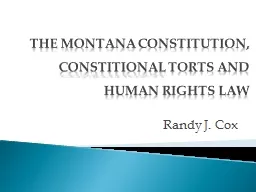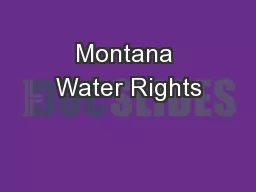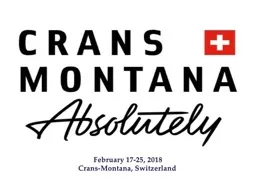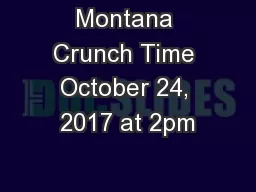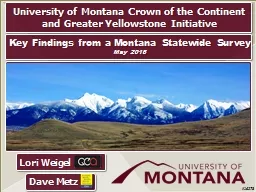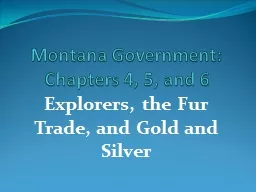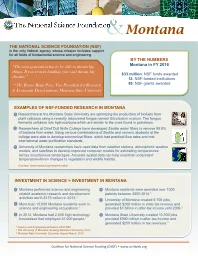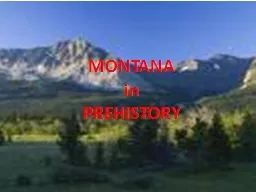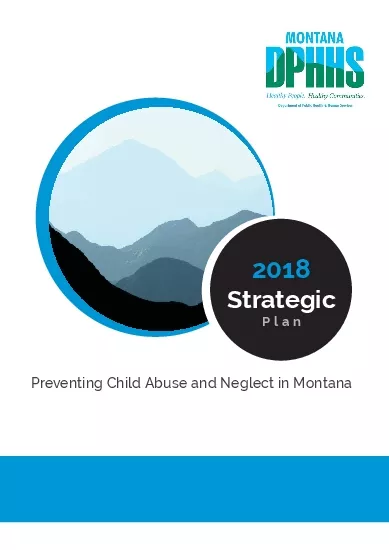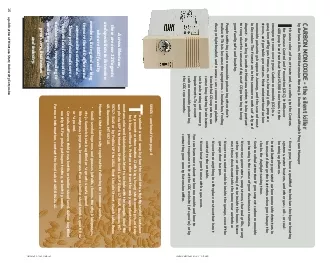PPT-Montana State University
Author : tatyana-admore | Published Date : 2016-07-24
Responsible Conduct of Research RCR Training August 2010 Hosted by Presidents Office Division of Graduate Education amp Vice President for Research Overview
Presentation Embed Code
Download Presentation
Download Presentation The PPT/PDF document "Montana State University" is the property of its rightful owner. Permission is granted to download and print the materials on this website for personal, non-commercial use only, and to display it on your personal computer provided you do not modify the materials and that you retain all copyright notices contained in the materials. By downloading content from our website, you accept the terms of this agreement.
Montana State University: Transcript
Download Rules Of Document
"Montana State University"The content belongs to its owner. You may download and print it for personal use, without modification, and keep all copyright notices. By downloading, you agree to these terms.
Related Documents

